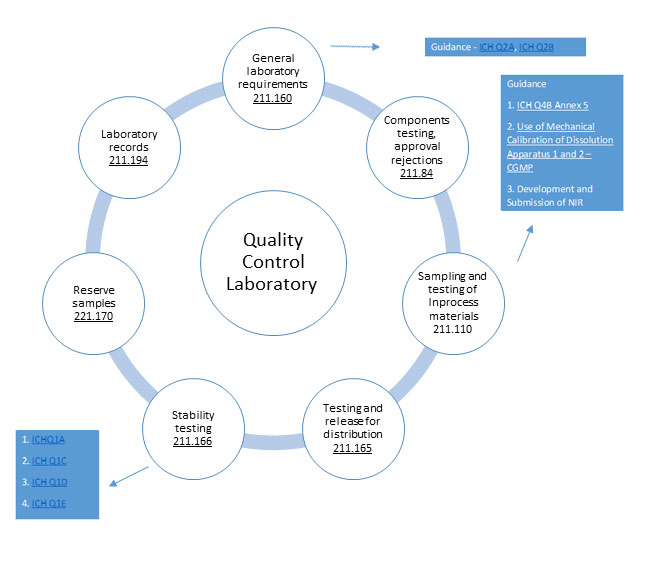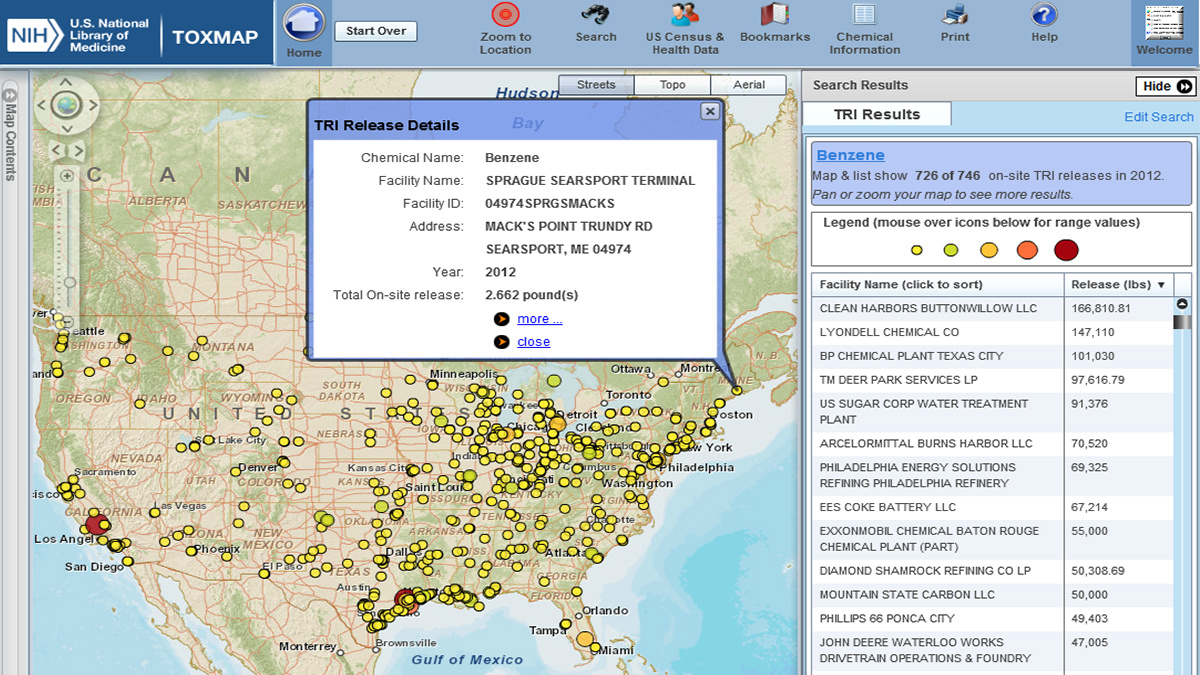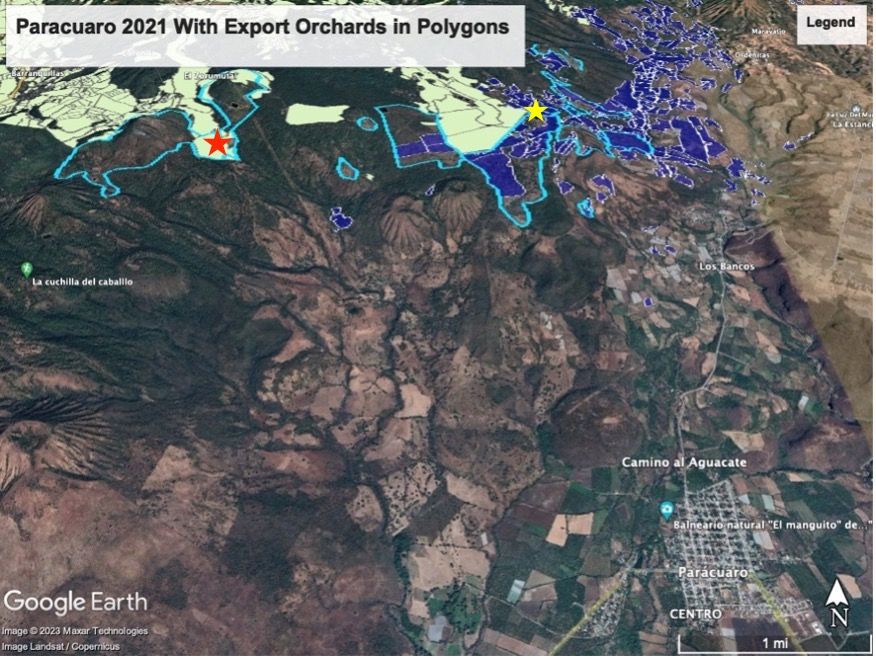Report on Quality-Controlled Groundwater Level Data for India in the Context of Sustainable Development
Executive Summary
Groundwater is a critical resource for India’s domestic, agricultural, and industrial sectors, directly supporting SDG 6 (Clean Water and Sanitation) and SDG 2 (Zero Hunger). Unsustainable extraction, particularly in North-west India, threatens water and food security, undermining progress towards these goals. This report details the processing of seasonal groundwater level data from an initial 32,299 wells to produce a reliable, quality-controlled dataset of 2,759 wells for the period 2000-2022. The study also provides corresponding specific yield (Sy) values, essential for accurate water resource assessment and the validation of satellite-based estimates. The resulting open-access data and scripts are intended to support research and policy-making for sustainable groundwater management, aligning with SDG 17 (Partnerships for the Goals).
Relevance to Sustainable Development Goals (SDGs)
This research and the resulting dataset directly address several United Nations Sustainable Development Goals:
- SDG 6 (Clean Water and Sanitation): Provides essential data for monitoring and managing freshwater resources sustainably (Target 6.4) and supports integrated water resources management (Target 6.5).
- SDG 2 (Zero Hunger): Groundwater is the backbone of India’s irrigation-based agriculture. This data helps in developing strategies for sustainable food production systems (Target 2.4).
- SDG 13 (Climate Action): Reliable groundwater data is crucial for understanding climate change impacts on water resources and developing effective adaptation strategies.
- SDG 11 (Sustainable Cities and Communities): Mitigating risks like land subsidence from over-extraction requires accurate monitoring, contributing to resilient infrastructure.
- SDG 17 (Partnerships for the Goals): By providing open-access data and tools, this work promotes scientific collaboration to tackle complex sustainability challenges.
Background and Problem Statement
The Critical Role of Groundwater in India’s Development
Groundwater constitutes the primary source of fresh water for a significant portion of India’s population and economy. Approximately 160 billion cubic meters are extracted annually for irrigation, highlighting its importance for national food security (SDG 2). Increasing population and climate change-induced variability in surface water availability are placing greater stress on these subterranean reserves.
Challenges to Sustainable Groundwater Management
Over-extraction has led to severe consequences, including land subsidence, saltwater intrusion in coastal areas, and depletion of water-related ecosystems, directly conflicting with SDG 6 and SDG 15 (Life on Land). A major impediment to effective management is the lack of quality-controlled, long-term, and spatially comprehensive in-situ well data. Existing datasets from the Central Ground Water Board (CGWB) often contain gaps and inconsistencies, hindering accurate analysis and validation of remote sensing data like that from the Gravity Recovery and Climate Experiment (GRACE) mission.
Methodology for Data Enhancement and Analysis
Data Acquisition and Filtering
The initial dataset comprised seasonal groundwater level (GWL) measurements from 32,299 wells across India, monitored by the CGWB from 2000 to 2022. A rigorous five-step filtering process was applied to ensure data quality and reliability:
- Removal of wells with no data.
- Exclusion of wells with negative (erroneous) values.
- Application of a three-sigma method to eliminate statistical outliers in each well’s time series.
- Retention of wells with at least two seasonal measurements per year to ensure temporal consistency.
- Removal of wells with values repeating more than twice consecutively, which may indicate measurement errors or inactive wells.
This process resulted in a final, high-quality dataset of 2,759 wells.
Estimation of Specific Yield (Sy)
Specific yield (Sy), a critical parameter for converting water level changes to water volume changes, was estimated for each well. A vectorization-based method was employed using a national hydrogeological map, which classifies India’s aquifer systems into six types. The process involved georeferencing the map, digitizing the hydrogeological units, assigning known Sy values to each unit, and extracting the corresponding Sy value for each of the 2,759 filtered well locations.
Results and Technical Validation
Spatio-Temporal Groundwater Level Trends
Analysis of the quality-controlled dataset reveals significant regional trends critical for targeted policy interventions under SDG 6. A consistent and alarming decline in groundwater levels was observed in the northern states (Punjab, Haryana, Uttar Pradesh), a region vital for India’s agriculture. This trend highlights a direct threat to achieving SDG 2. Conversely, rising groundwater levels were identified in Gujarat and western Madhya Pradesh, suggesting successful water management or changes in recharge patterns. The data demonstrates clear seasonal patterns, with the lowest levels typically observed in May (pre-monsoon) and recovery during August (monsoon), reflecting the interplay of extraction and recharge.
Validation of Specific Yield and Groundwater Storage Changes
The estimated Sy values were validated against published literature values for similar hydrogeological settings, showing strong agreement. The quality-controlled in-situ data was used to calculate groundwater storage changes (GWSCinsitu), which were then compared with satellite-derived estimates from GRACE (GWSCGRACE). The comparison showed a high correlation and low Root Mean Square Error (RMSE), confirming that the processed dataset accurately reflects large-scale groundwater dynamics.
Data Availability and Usage for Sustainable Development
Open-Access Resources
In line with SDG 17, the complete quality-controlled dataset and the Python scripts used for filtering are made publicly available. The final data file contains metadata, seasonal GWL data for 2,759 wells from 2000-2022, and the estimated Sy value for each location.
Potential Applications
This dataset can be used by researchers, policymakers, and water managers to:
- Improve hydrological models for more accurate water resource forecasting.
- Validate and calibrate satellite-based groundwater monitoring systems.
- Develop evidence-based policies for sustainable water allocation and use.
- Assess the effectiveness of water conservation and recharge initiatives.
- Conduct detailed regional studies on the water-energy-food nexus.
Conclusion and Implications for Policy
This report presents a scientifically robust, quality-controlled groundwater dataset for India, a critical tool for advancing the nation’s Sustainable Development Goals. The findings confirm severe groundwater depletion in key agricultural regions, underscoring the urgent need for policy interventions that promote water-use efficiency, crop diversification, and enhanced recharge to ensure long-term water and food security (SDG 2, SDG 6). The availability of this reliable data empowers stakeholders to move from reactive crisis management to proactive, data-driven stewardship of a vital natural resource.
Analysis of Sustainable Development Goals in the Article
1. Which SDGs are addressed or connected to the issues highlighted in the article?
The article on groundwater dynamics in India addresses several interconnected Sustainable Development Goals (SDGs). The primary focus on water resource management, its link to agriculture, and the need for reliable data creates a clear connection to the following goals:
-
SDG 6: Clean Water and Sanitation
This is the most central SDG to the article. The text revolves around the management of groundwater, a “vital resource for domestic, agricultural, and industrial use.” It directly discusses issues of groundwater depletion (“depleting in India at unsustainable rate”), over-extraction, and the critical need for monitoring to ensure sustainable water policies. The entire study is aimed at improving the understanding of groundwater dynamics to support “better water resource management practices.”
-
SDG 2: Zero Hunger
The article explicitly links groundwater to food security. It states that “an additional 2 billion people will need to be fed, driving increased demand for agricultural land and water resources.” It highlights that in India, “160 billion cubic meters of groundwater is extracted annually for irrigation” and that groundwater is an “increasingly vital indicator of food security in a changing climate.” The depletion of this resource directly threatens the sustainability of agriculture and, consequently, food security.
-
SDG 13: Climate Action
The article connects groundwater challenges to climate change. It notes that the demand for groundwater is growing due to “population growth and climate change.” It further explains that “climate change intensifying droughts and altering regional recharge dynamics” makes groundwater management even more critical. The study’s effort to provide reliable data helps in understanding and adapting to these climate-induced changes in water availability, thereby strengthening resilience.
-
SDG 17: Partnerships for the Goals
This goal is addressed through the article’s core objective and methodology. The study focuses on creating “quality-controlled and reliable well data” because existing data is lacking. This directly supports the call for better data for monitoring and accountability. Furthermore, the article emphasizes its contribution to the scientific community by providing “open access to data and scripts so that researchers can study groundwater variations.” This act of data sharing and capacity building is a key component of SDG 17.
2. What specific targets under those SDGs can be identified based on the article’s content?
Based on the issues discussed, several specific SDG targets can be identified:
-
Under SDG 6 (Clean Water and Sanitation):
- Target 6.4: By 2030, substantially increase water-use efficiency across all sectors and ensure sustainable withdrawals and supply of freshwater to address water scarcity and substantially reduce the number of people suffering from water scarcity. The article’s focus on the “unsustainable rate” of groundwater depletion due to over-extraction for agriculture and other uses directly relates to the need for sustainable withdrawals. The provided dataset is essential for assessing water stress and planning for efficiency.
- Target 6.5: By 2030, implement integrated water resources management at all levels, including through transboundary cooperation as appropriate. The article mentions that over-extraction can intensify “political conflict across transboundary aquifers.” Developing reliable data is a fundamental first step toward implementing effective integrated water resources management (IWRM) and fostering cooperation.
-
Under SDG 2 (Zero Hunger):
- Target 2.4: By 2030, ensure sustainable food production systems and implement resilient agricultural practices that increase productivity and production, that help maintain ecosystems, that strengthen capacity for adaptation to climate change, extreme weather, drought, flooding and other disasters and that progressively improve land and soil quality. The article highlights that the current rate of groundwater extraction for irrigation is unsustainable (“declining with alarming rate due to increased irrigation”). The data and analysis provided are crucial for developing more sustainable agricultural practices that do not deplete vital water resources.
-
Under SDG 13 (Climate Action):
- Target 13.1: Strengthen resilience and adaptive capacity to climate-related hazards and natural disasters in all countries. The article notes that climate change is “intensifying droughts,” making groundwater an even more critical resource. By providing reliable data on groundwater levels, the study helps build the knowledge base needed to manage water resources effectively and adapt to climate-related water stress, thus strengthening resilience.
-
Under SDG 17 (Partnerships for the Goals):
- Target 17.18: By 2020, enhance capacity-building support to developing countries, including for least developed countries and small island developing States, to increase significantly the availability of high-quality, timely and reliable data disaggregated by income, gender, age, race, ethnicity, migratory status, disability, geographic location and other characteristics relevant in national contexts. The entire premise of the article is to address the lack of “quality-controlled and reliable well data.” The authors process data from 32,299 wells to produce a reliable dataset of 2,759 wells, directly contributing to the availability of high-quality, reliable data for sustainable development monitoring.
3. Are there any indicators mentioned or implied in the article that can be used to measure progress towards the identified targets?
The article, while not explicitly naming SDG indicators, provides data and discusses metrics that are directly used for or are components of official indicators:
-
For Target 6.4:
The article’s primary output, seasonal groundwater levels (GWLs), is a fundamental input for calculating Indicator 6.4.2: Level of water stress: freshwater withdrawal as a proportion of available freshwater resources. The discussion of “groundwater depleting,” “over-extraction,” and “declining with alarming rate” are qualitative descriptions of high water stress. The dataset created allows for quantitative assessment of changes in groundwater storage, which is essential for measuring this indicator accurately.
-
For Target 6.5:
The creation and open sharing of a reliable, national-level groundwater dataset is an enabling condition for Indicator 6.5.1: Degree of integrated water resources management implementation. Effective IWRM is impossible without a solid, scientific understanding of the resource, which this study aims to provide. The mention of “transboundary aquifers” also implicitly points to the need for data to support Indicator 6.5.2: Proportion of transboundary basin area with an operational arrangement for water cooperation.
-
For Target 17.18:
The study’s entire methodology is a direct action towards improving Indicator 17.18.1: Statistical capacity indicator for Sustainable Development Goal monitoring. The article details the process of taking a large, raw dataset with “numerous data gaps and limitations” and applying “rigorous filtering methods” to produce a “quality-controlled and reliable” dataset. The final output of “2,759 reliable wells” from an initial 32,299 is a tangible improvement in the country’s statistical capacity for water resource monitoring.
4. Summary Table of SDGs, Targets, and Indicators
| SDGs, Targets and Indicators | ||
|---|---|---|
| SDGs | Targets | Indicators |
| SDG 2: Zero Hunger | Target 2.4: Ensure sustainable food production systems and implement resilient agricultural practices. | Implied Indicator: Sustainability of water use in agriculture, measured through long-term trends in groundwater levels in agricultural regions. The article’s data on declining levels due to irrigation serves this purpose. |
| SDG 6: Clean Water and Sanitation | Target 6.4: Substantially increase water-use efficiency and ensure sustainable withdrawals to address water scarcity. | Indicator 6.4.2 (Level of water stress): The article provides the core data (seasonal groundwater levels) needed to assess changes in freshwater availability and thus calculate water stress. |
| Target 6.5: Implement integrated water resources management (IWRM) at all levels, including transboundary cooperation. | Indicator 6.5.1 (Degree of IWRM implementation): The provision of reliable, quality-controlled data is a foundational step for implementing IWRM. | |
| SDG 13: Climate Action | Target 13.1: Strengthen resilience and adaptive capacity to climate-related hazards. | Implied Indicator: Improved monitoring of climate-sensitive resources. The article’s dataset allows for tracking the impact of climate change (e.g., intensified droughts) on groundwater, which is crucial for building adaptive capacity. |
| SDG 17: Partnerships for the Goals | Target 17.18: Increase significantly the availability of high-quality, timely and reliable data. | Indicator 17.18.1 (Statistical capacity indicator): The article’s main contribution is the creation of a “quality-controlled and reliable” groundwater dataset, directly enhancing the statistical capacity for water resource monitoring in India. |
Source: nature.com







